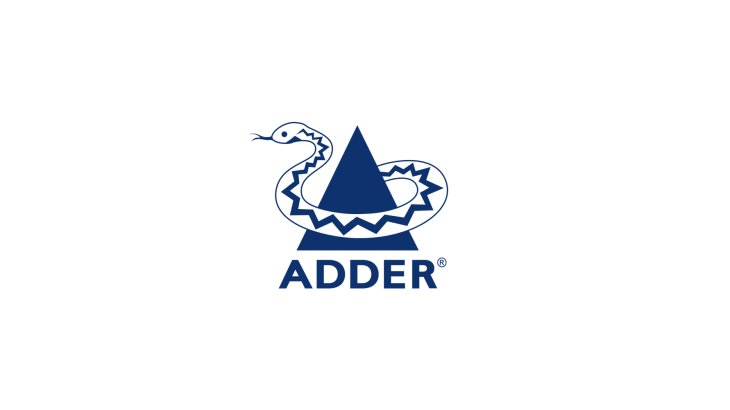Want to know more about KVM and what it can do for you? Click Here
Blogs 3 June 2018
10 benefits of IP-based KVM

Large areas of the broadcast sector are adopting IP across their facilities — using a standard network infrastructure to transport video, USB and data throughout the entire broadcast workflow. The benefits of IP are immense: cost savings, improved scalability and flexibility. Faced with rising costs, shrinking budgets and the drive to do more with less, IP is providing the answers to many broadcast challenges.
IP-based KVM has long been seen as a shining example of just how beneficial the use of IP can be, and as more broadcasters make the move to adopting IP networks for use within and across campuses, IP-based KVM continues to add value. How does it add this value? Here are ten ways:
1. Flexibility
IP-based KVM provides tremendous flexibility to operations, allowing organizations to use switching and extension functionality in order to free up space and improve the ergonomics of working environments. Having the ability to locate computing resources away from user workspace via copper and/or fiber networks, for example, is particularly beneficial when moving premises or upgrading operational infrastructure. With an IP-based KVM matrix, existing infrastructure may be used to add access points or re-route parts of a network. This was perfectly illustrated recently when Frankfurt city center was evacuated because of the need to defuse a large Second World War bomb. Within this evacuation area were companies who owned traditional matrixes that could not be accessed from outside without the use of IP to reroute their broadcast networks.
2. Scalability
IP-based KVM can expand (or contract) to serve any number of computers/users. Designed to suit your developing needs, growing as your business grows. You don’t have to know whether you are going to need 288 or 96 ports at the beginning of your project. Unlike traditional KVM, there is no ceiling to the number of connected users or computers. It also means that stage one of an installation could consist of acquiring a host of extenders, with stage two involved in turning that point to point extender set-up into a fully switchable matrix.
3. Return on Investment
The cost of standard IP networking equipment is also far cheaper and more accessible than proprietary equipment, and the use of universal protocols means return on investment is swift. Because it is so easy to scale, end points can quickly and cost-effectively be added to the network, without buying an expensive piece of proprietary hardware to enable the expansion.
4. Multi-subnet enabled
Using a network, and subnets, allows for very large-scale matrices with additional points of redundancy, resilience and improved network traffic management, e.g. across a campus or plant, even with optional WAN access. Instead of needing one manager and one set of redundant options per matrix, subnetting allows regional backup matrix managers to be centralized. By being able to subnet KVM operations along the same lines of your existing network, user and location infrastructure, means that all systems can be treated in the same way and looked after by the same administrator.
5. Without distance limitations
Proprietary KVM solutions often have extension distance limitations between users and computers, and if this distance is exceeded, the image quality degrades markedly with each additional meter. Yet, this distance is rarely enough for many applications, including outside broadcasts such as sporting events or festivals. IP-based KVM provides a cost-effective solution in environments where extension distances are conquered with routing though IP networks, including a combination of copper and/or fiber, as required.
6. Without endpoint limitations
With IP, there is no limit to the numbers of endpoint devices that can be connected, whether they are computers, tablets, cameras or users. Moving to IP-based KVM adds huge possibilities to your workflow and the infrastructure setup, not the amount of user connections permitted by your proprietary switch.
7. Standard protocols
Whether you are transmitting HD, 4K, USB, DVI or VGA, IP offers a standard transport protocol, ensuring maximum capability with existing infrastructure. It is simply a matter of transmitting at differing data rates. Because of this, broadcasters can save money on hardware, infrastructure and personnel costs.
8. Ease of configuration
Configuration becomes easy with IP-based KVM because you can take advantage of the inbuilt tools that IP provides, such as DHCP. The DHCP server, hosted within the network, helps automatically set the network IP addresses for you. The network configuration of each individual device is handled by the controller software, meaning that a system is extremely easy to set up and expand.
9. Resilience
The investment made by the big hardware manufacturers such as Cisco, HP and Jupiter to develop and optimise their networking equipment is hundredfold the investment made by proprietary hardware manufacturers. In 2016, the Ethernet switch market was worth about $24.5 billion; of which Cisco, HP and Juniper made up 70%. Keeping this in mind, technology and IP-based KVM hardware manufacturers like Adder Technology can utilize the investment these large businesses make into network research and development by using IP as the transport network.
10. Future proof your network
The future is IP – especially as broadcasters are making significant investments in moving to SMPTE 2110. The new standard creates a larger market and better choices for customers as it offers the flexibility to come up with a whole new set of vendor-agnostic applications based on, and leveraged off, IT protocols and infrastructure. Broadcasters can invest in infrastructure and know they’re picking the best solution for any application thanks to this new-found level of IP interoperability, creating a more secure future for their requirements. The same applies to an IP-based KVM solution — it is a significant step towards future-proofing your network. With the ability to expand quickly and cost-effectively, you’re no longer relying on proprietary equipment and can make the most from your initial technology investment.
Subjects:



